In Chile, Francisca Maldonado spent most of her time surrounded by books. After moving to Washington, the Barnes & Noble in Georgetown became her oasis.
Come January, Maldonado and other book fans will have a new place to gather. Barnes & Noble, the nation’s largest bookseller, will make its return to downtown D.C. for the first time since closing its 555 12th St. NW location in 2015.
The company signed a lease for a 16,000-square-foot space in the historic Woodward & Lothrop department building, near the Metro Center station. The new store was initially slated to open this fall but has been delayed until January because of construction setbacks, the company announced Monday.
“We are so disappointed, but we know something worth doing is worth doing right. We hope to see you coming through those doors early 2026,” Barnes & Noble wrote on an Instagram post.
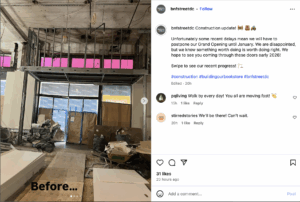
Maldonado, an international student, said one of her favorite activities is to find new books and hide somewhere inside Barnes & Noble. She said her friends used to laugh at her, but now, they join her.
“They join because when you buy books in person you can take your time and just be here, present,” Maldonado said.
The downtown opening follows the chain’s return to its original Georgetown location last year, more than a decade after it closed there in 2011.
The expansion signals more than just corporate growth; it also reflects a broader revival in consumer’s desire to browse and buy books in person rather than online.
Barnes & Noble went through a reinvention in 2019, after James Daunt took over as CEO of the newly private company.
Daunt had the top job at Waterstones, the Barnes & Noble of the U.K. In 2018, the company was bought by the activist hedge fund Elliot Management for $475 million and tapped Daunt to be in charge and lead the poorly managed chain at the time. The company, now privately owned, is expanding after Elliot’s acquisition, but it does not report financial results, according to the Wall Street Journal.
The return rate of a bookstore represents the percentage of unsold books that retailers ship back to publishers, which measures the health of the store. When Daunt started as Barnes & Noble’s CEO, the return rate was 25%. In 2023, it was down to 9%.
Daunt told the Wall Street Journal his plan was to “combine the power of a big chain with the pleasure of a beloved indie.”
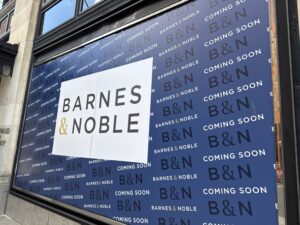
For some customers, that strategy worked.
As Danielle Ding, an embryologist in California, and Jacqueline Landry, a D.C resident, browsed through the Georgetown store, they said Daunt succeeded in blending the two worlds.
One of the chain’s missions is to offer something different from Amazon, where about half of the U.S. buys print books from, Daunt told The Guardian in 2023.
Although Landry said she knows a lot of people shop online, she has a hierchy when deciding where to buy her books, with an independent book store taking the first place, Barnes & Noble the second and Amazon in last.
Landry said the new location at Penn Quarter represents a broader shift and a new appreciation for books.
“You can get any book you want,” Landry said. “The more locations you have it means you can get a book on the same day rather than waiting for shipping.”
For Amanda Abbud, a law student who carves out time to read daily, more in-person bookstores mean more opportunities to discover new authors and attend to more events in the community.
“The new store makes me hopeful,” Abbud said. “I think this is a nice indicator that people are still reading and bonding over books.”

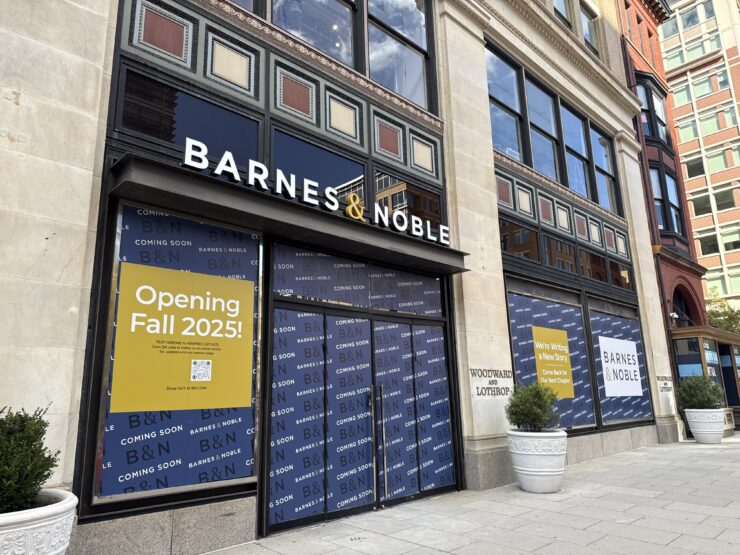
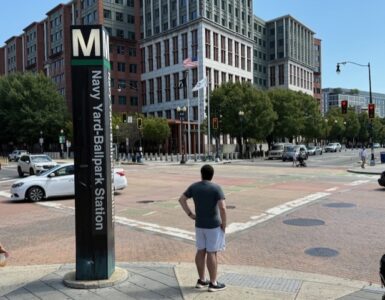

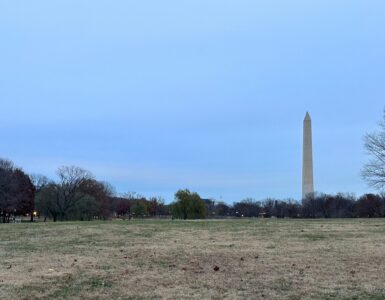










Missing the holiday 2025 shopping season is very unfortunate, but glad the store will now be opening in January